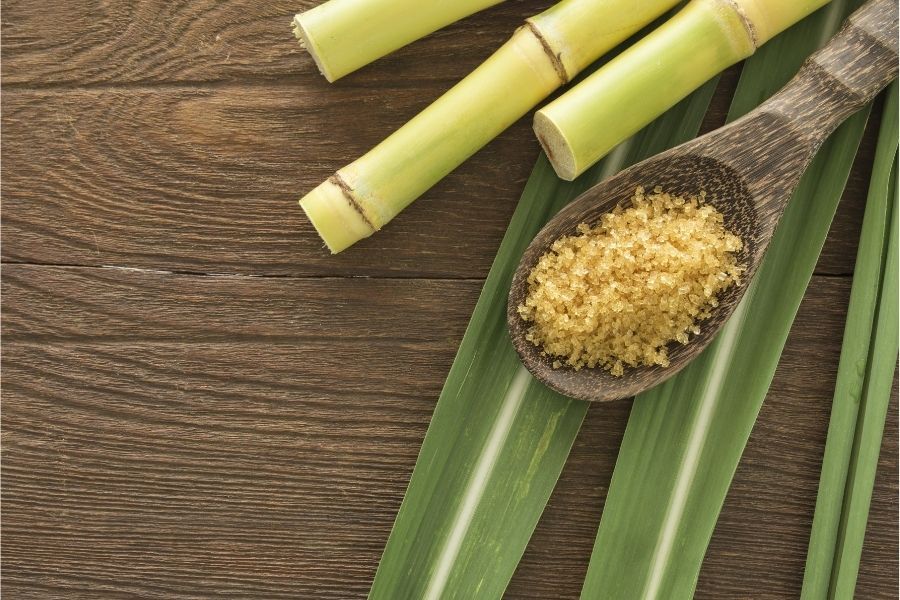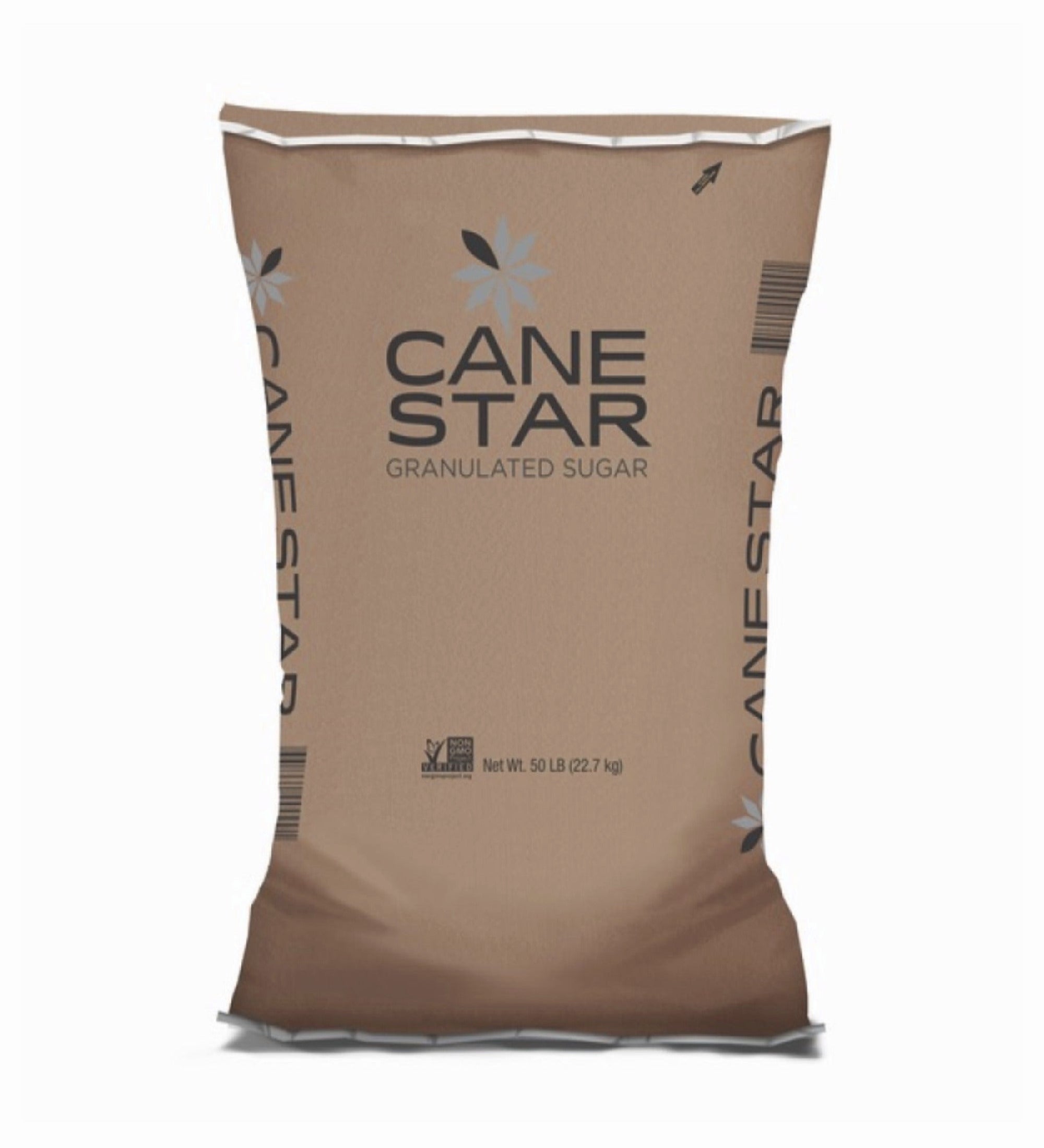Advanced Cane Sugar Processing: Enhancing Performance and Sustainability
Advanced Cane Sugar Processing: Enhancing Performance and Sustainability
Blog Article
Exploring the Comprehensive Steps Involved in Cane Sugar Processing From Harvesting to Refinement
The process of walking cane sugar production encompasses a collection of elaborate steps, starting with the careful harvesting of sugarcane and finishing in the improvement phases that make sure the final product meets industry standards. Each phase, from the extraction of juice to the filtration and formation processes, plays an important role in determining the top quality and personality of the sugar.
Gathering Sugarcane
Collecting sugarcane is an essential action in the cane sugar processing chain, as it straight influences the high quality and return of the end product. Correct timing and strategies are essential during this stage to guarantee ideal sugar material and reduce losses. Typically, sugarcane is gathered when it gets to maturity, generally 12 to 18 months after planting, characterized by a high sucrose focus.

Post-harvest, the sugarcane has to be processed promptly to stop sucrose deterioration. Preferably, gathered walking cane should be moved to processing centers within 24-hour to preserve sugar top quality. For that reason, effective logistical planning is crucial to preserve the honesty of the gathered crop throughout the supply chain.
Extraction Process

The smashed walking stick goes through a series of pressing operations to make best use of juice recuperation. Generally, warm water is sprayed onto the smashed walking cane, developing a countercurrent circulation that aids liquify the sugar while additionally assisting in the removal process. The juice gathered from this operation includes not just sugar yet also various organic compounds and impurities.

To enhance extraction performance, some centers might utilize diffusion methods, where the sugarcane is taken in warm water, enabling the soluble sugars to diffuse into the liquid. The resulting juice, rich in sucrose, is then guided to subsequent processing stages, laying the foundation for filtration and improvement. The extraction procedure is hence crucial in figuring out the high quality and yield of the last sugar product.
Purification Strategies
The filtration methods employed in walking cane sugar processing are important for changing the raw juice right into a top quality sugar item. These techniques mainly aim to remove contaminations, such as dirt, plant products, and not natural materials, which can adversely affect the last item's taste and shade.
This process involves including lime and heat to the raw juice, which helps with the coagulation of impurities. Furthermore, the use of phosphoric acid can improve the clarification process by more binding contaminations.
An additional considerable strategy is carbonatation, where carbon dioxide is introduced to the clarified juice. This response creates calcium carbonate, which records continuing to be contaminations and advertises their elimination.
Additionally, activated carbon therapy may be related to adsorb any remaining colorants and organic impurities, making sure a much more refined product. The combination of these methods effectively prepares the sugar juice for subsequent actions in the refining procedure, establishing the stage for the production of top quality cane sugar.
Condensation Techniques
After the filtration stage, the next crucial action in cane sugar handling includes condensation techniques, which play an essential duty in changing the clarified juice into solid sugar. This process typically employs two primary techniques: spontaneous crystallization and controlled crystallization.
In spontaneous condensation, supersaturated sugar remedies are enabled to cool naturally, resulting in the development of sugar crystals in time. This method is less complex yet might cause irregular crystal sizes and lower pureness levels. On the other hand, regulated condensation is an extra precise method where seeding, focus, and temperature representatives are carefully handled. This technique permits the uniform growth of sugar crystals and greater purity.
During see here crystallization, the cleared up juice is focused through dissipation, raising its sugar material up until it gets to supersaturation. Once this point is achieved, either approach can assist in the formation process. Cane Sugar Processing. The resultant sugar crystals are then separated from the continuing to be syrup with centrifugation
Eventually, the selection of crystallization method influences the quality, size, and purity of the final sugar product, making this action crucial in the overall cane sugar processing procedure.
Refinement and Product Packaging
Exactly how can the purity and quality of walking cane sugar be additionally improved after condensation? The refinement process plays an important role in attaining top notch walking cane sugar.
Following, the sugar goes through a process called centrifugation, where it is rotated at broadband to separate the cleansed sugar crystals from the remaining fluid. After centrifugation, the sugar is typically further improved via an approach called carbonization or phosphatation, which uses turned on carbon or phosphoric acid to get rid of shade and off-flavors.
When fine-tuned, the sugar is dried to accomplish the desired wetness content, making sure that it stays stable throughout storage and transport. The last step includes packaging the refined sugar in moisture-proof and airtight containers to keep its top quality and avoid contamination. Cane Sugar Processing. Appropriate packaging not just prolongs rack life but additionally promotes very easy handling and distribution, ensuring that consumers obtain sugar that meets the highest possible standards of pureness and quality
Final Thought
The thorough steps associated with walking stick sugar handling, from the thorough harvesting of sugarcane to the intricate refinement and product packaging phases, underscore the significance of each stage in ensuring premium sugar production. Optimal harvesting techniques, reliable removal methods, and extensive filtration procedures jointly add to the final product's purity and stability. The crystallization and succeeding packaging techniques better enhance the integrity and service life of the sugar, highlighting the intricacy and accuracy inherent in this crucial farming sector.
The procedure of cane sugar production encompasses try here a series of intricate actions, starting with the mindful harvesting of sugarcane and finishing in the improvement stages that guarantee the final product meets industry criteria. Preferably, gathered next page walking stick ought to be moved to refining facilities within 24 hours to preserve sugar quality.In spontaneous formation, supersaturated sugar options are enabled to cool normally, leading to the development of sugar crystals over time - Cane Sugar Processing. The refinement procedure plays an essential role in attaining top quality walking cane sugar.The extensive steps involved in cane sugar processing, from the careful harvesting of sugarcane to the intricate refinement and packaging phases, emphasize the relevance of each phase in making sure top notch sugar production
Report this page